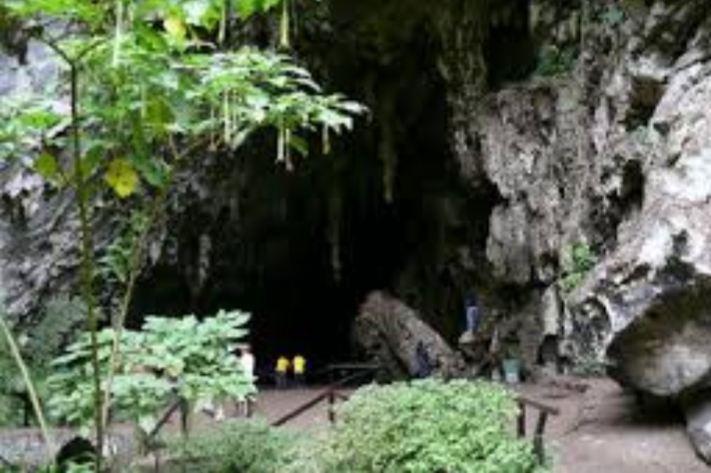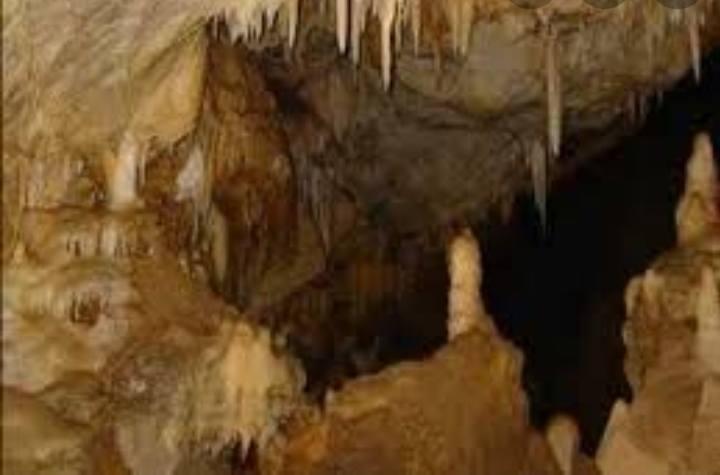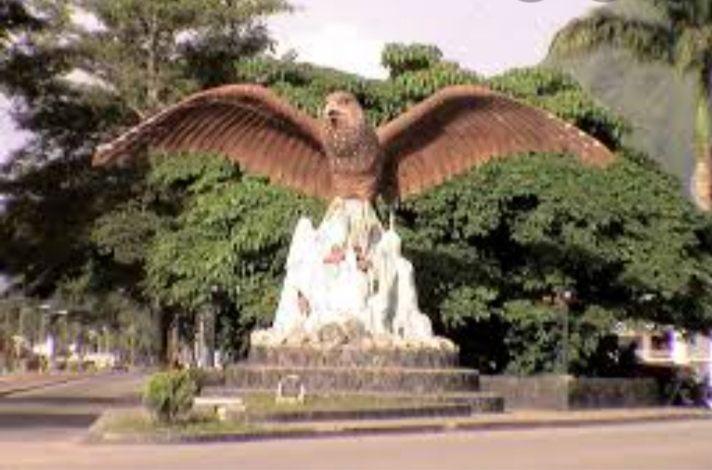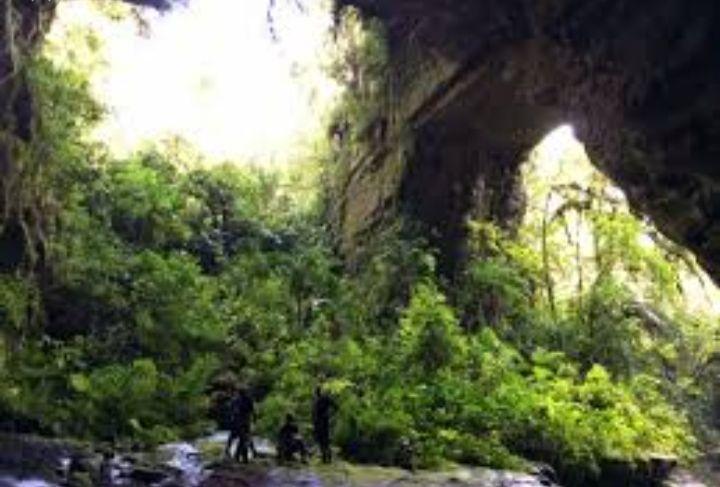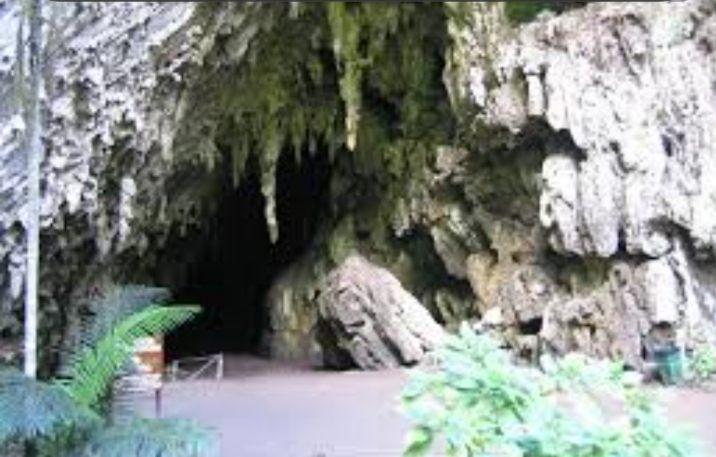
The Cueva del Guácharo, fascinating and invaluable natural monument
#travel When you come to Venezuela do not stop visiting La Cueva del Guacharo one of the most splendid caves on the continent. This was named after the thousands and thousands of Guácharos that inhabit it, there are carved sedimentary rocks that formed 130 million years ago.
Cueva del Guácharo is located between the states Monágas and Sucre, at the eastern end of the Serrania de Turimiquire 4 Km from the village of Caripe. Considered the largest cave in Venezuela, it has an area of 63,200 hectares.
It was the first Natural Monument decreed in Venezuela in 1949 under the name of the German scientist Alejandro Von Humboldt who explored the cave in 1799 for scientific motivations and who in 1816 unveiled the most relevant of the 1,500 caves inventoried in the country.
In 1975, National Park was decreed when the protection area was expanded in order to preserve its ecosystem, thus guaranteeing the biological processes of the cave. This 10.2 kilometer long natural monument is considered one of the most cave formations. The majestic Cueva del Guácharo has long been a place of study for scientists around the world and until now it has not reached the end of its depths, so explorations continueinteresting of the continent.
I visited the cave on two or three occasions and always feel the same emotion that conveys me to see its imposing entrance with 23 meters high and 28 wide, allowing this the visit of tourists who penetrate up to 1,500 meters regulated for exploration, more from there have to process permits and expert accompaniment.
Within it you can see the stalactites and stalagmites which are created by the constant action of water on the rock. Visiting hours are from 8:00am to 4:00pm. Up to 825 meters there are guácharos and that is why diesel lamps are used with very discreet light because these birds are photophobic.
The use of flashlights or flashlights is not allowed.
The majestic Cueva del Guácharo has long been a place of study for scientists around the world and until now it has not reached the end of its depths, so explorations continue.
- Comments (0)
- Recommended
- Milestones









Here are your recommended items...
Here are your milestones...
